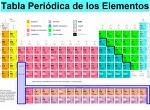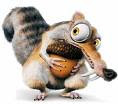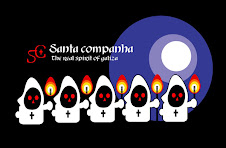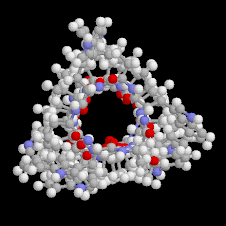
1
Ask an adult to help you cut a strip 10 cm by 3 cm from either kitchen towel, filter paper or blotting paper. Use a pencil to mark a very faint line 2 cm from the bottom of the strip.
2
Choose a black jellybean and hold it under a running tap for 2 seconds. Gently rub it across the pencil line on the strip of paper. Continue wetting and rubbing the jellybean until it makes a dark line of colour on the paper. You may need to use a number of black jellybeans for this.
3
Fill the plastic cup with two centimetres of water. Carefully place the strip into the cup so that it just touches the surface of the water. Fold the rest of the strip over the rim of the cup and fix it in place with a paperclip.
4
Watch the strip of paper as the water moves up though the line of colour.
You’ll see different colours moving up the paper. You have just demonstrated a process called chromatography. Scientists use chromatography to separate mixtures to discover what they are made of. It looks like the black jellybean may be more colourful than you thought!
Food colourings contain different coloured pigments which are blended together to make the overall colour. As the water moves up through the mark on the filter paper, the different colours are carried at different rates. The result is different layers of colour at different levels on the filter paper. From these you can tell which pigments were used to make the food colouring.
You can repeat this experiment using other coloured jellybeans.
........
Go back












